The Eastern North Pacific gray whale population has plummeted to its lowest level since the 1970s, with alarming declines in both adult numbers and newborn calves. A recent count by NOAA Fisheries scientists in winter 2025 estimates only about 13,000 gray whales remain, a sharp drop from nearly 27,000 whales counted in 2015-2016.
“These are extreme population swings that we did not expect to see in a large, long-lived species like gray whales,” says Joshua Stewart, assistant professor at Oregon State University’s Marine Mammal Institute.
The situation looks especially grim for the next generation of these massive marine mammals. Only about 85 calves were observed migrating past Central California in 2025 – the lowest count since researchers began tracking calf numbers in 1994. Scientists estimate the actual number could be as few as 56 or as many as 294 calves, but even the higher estimate represents a reproductive crisis.
This dramatic decline follows what scientists call an Unusual Mortality Event (UME) that occurred between 2019 and 2023, when 690 dead gray whales washed ashore along the coasts of the United States, Mexico, and Canada. The true death toll was likely much higher, as most deceased whales sink or drift out to sea without being documented.
So far in 2025, the strandings continue, with 47 dead gray whales found on U.S. West Coast beaches – up from 31 in 2024.
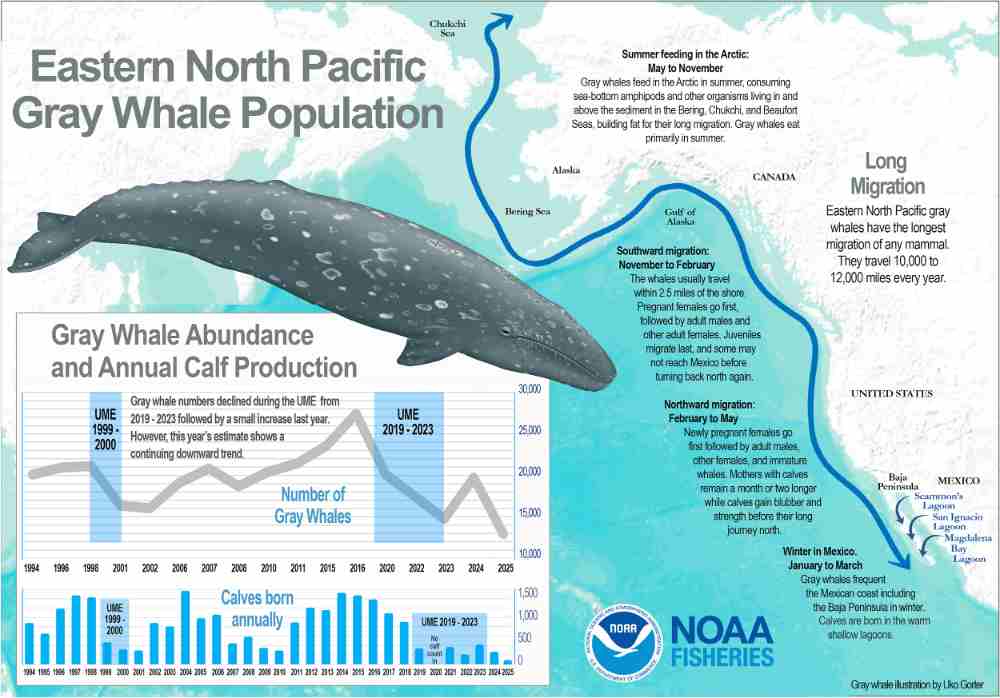
What makes this population crash particularly troubling is that it breaks from past patterns. Gray whales previously demonstrated remarkable resilience after population drops, including a rapid recovery following a similar die-off event in 1999-2000. But the current decline has persisted for six years, with no clear signs of improvement.
“We are in uncharted territory now,” Stewart explains. “The two previous events, despite being significant and dramatic, only lasted a couple of years.”
The likely culprit? Dramatic changes in their Arctic feeding grounds. Most Eastern North Pacific gray whales travel an astounding 10,000-mile round-trip migration each year between warm Mexican lagoons and the cold, rich waters of the Arctic, where they typically feed during summer months.
Scientists believe changing Arctic conditions – including warming waters and diminishing sea ice – are disrupting the whales’ food supply. Gray whales primarily feed on small, fat-rich creatures called amphipods that live in seafloor sediments. Less sea ice means less algae reaching the seafloor, which impacts the entire food web these whales depend on.
“The environment may now be changing at a pace or in ways that is testing the time-honored ability of the population to rapidly rebound while it adjusts to a new ecological regime,” says Dr. David Weller, director of the Marine Mammal and Turtle Division at NOAA’s Southwest Fisheries Science Center.
Similar Posts
Female whales unable to find enough nutritious food can’t build the fat reserves needed for successful pregnancy and nursing. The consistent pattern of low reproduction since 2019 suggests this nutritional stress has become a persistent problem.
This decline is particularly disheartening because Eastern North Pacific gray whales were once considered a conservation success story. Hunted nearly to extinction by commercial whaling, the population recovered so well that it was removed from the Endangered Species List in 1994.

Dr. Aimée Lang, a NOAA Fisheries research scientist who helps lead gray whale counts, emphasizes that long-term monitoring is crucial for detecting these troubling trends. Scientists will continue tracking the population to determine if it can adapt to the changing environment or if additional conservation measures are needed.
The gray whale’s struggle serves as a stark warning about ocean health and the far-reaching impacts of climate change on marine ecosystems. As Weller notes, “These whales depend, over the course of their lives, on a complex marine environment that is highly dynamic.” How they respond to these unprecedented changes will reveal much about the resilience of marine life in our rapidly changing oceans.
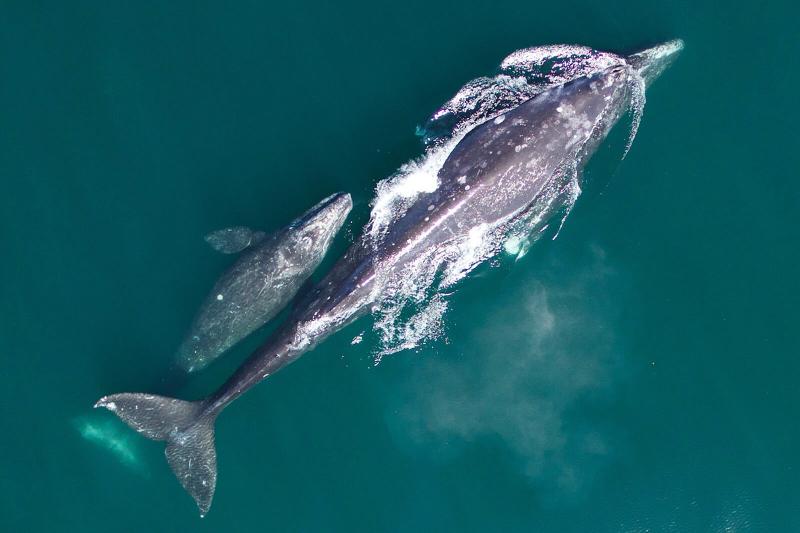

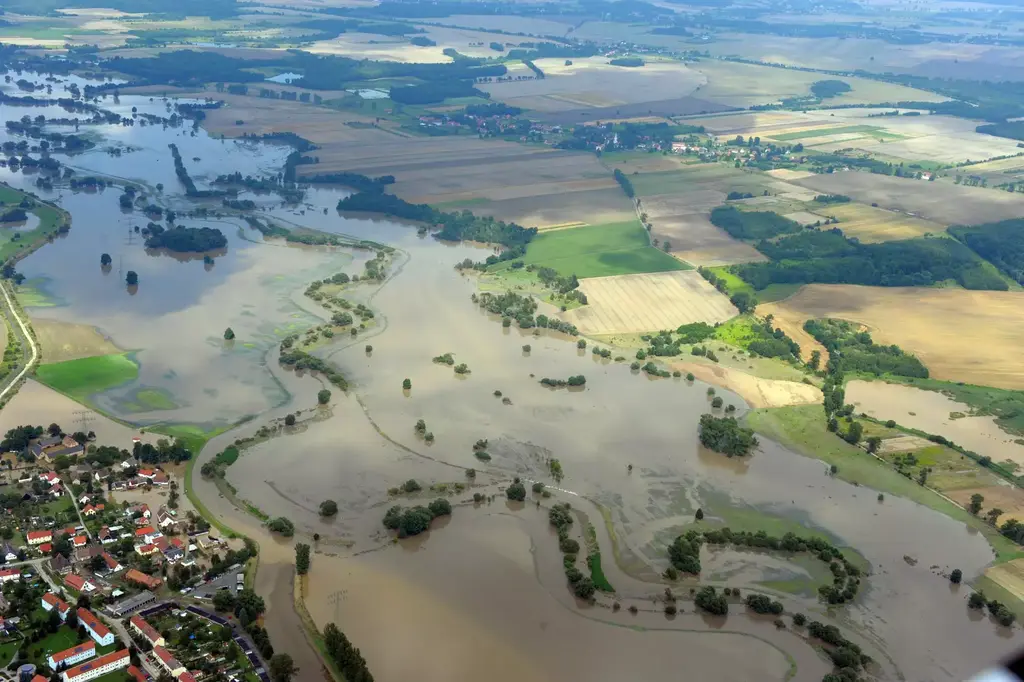
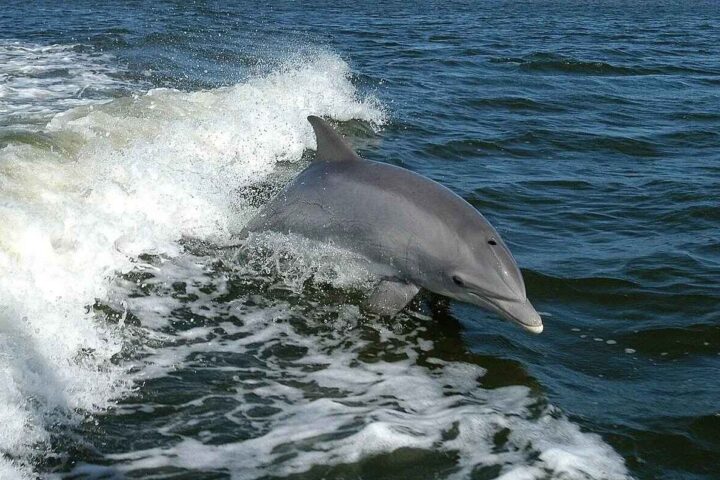

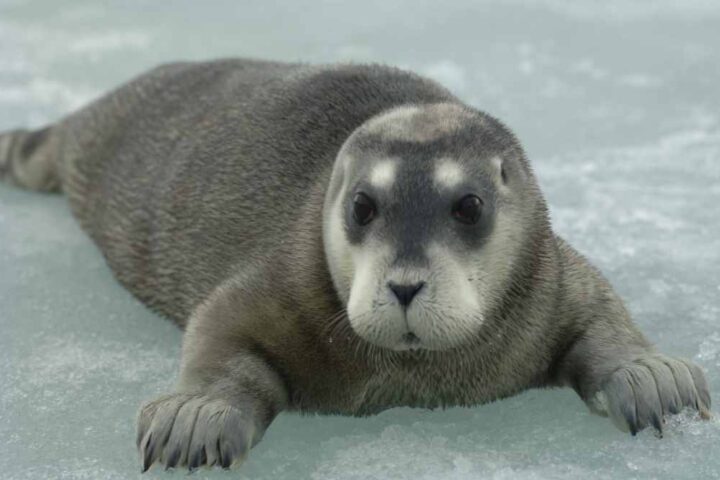
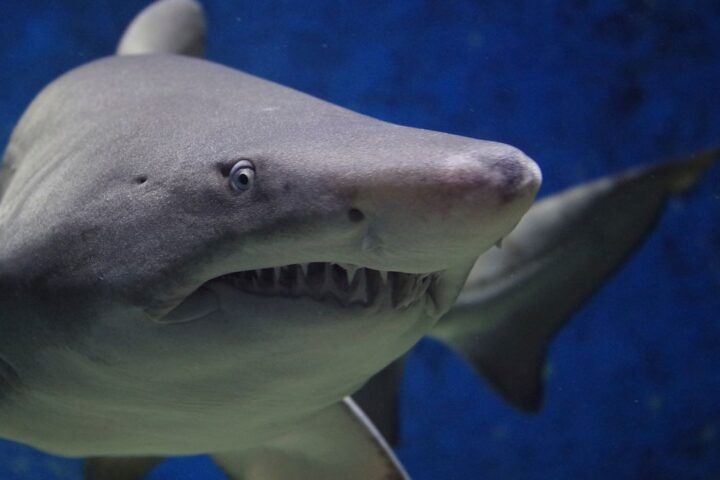
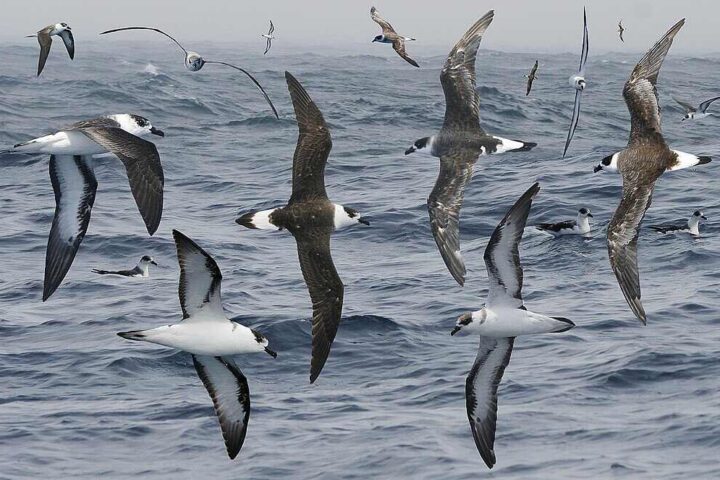
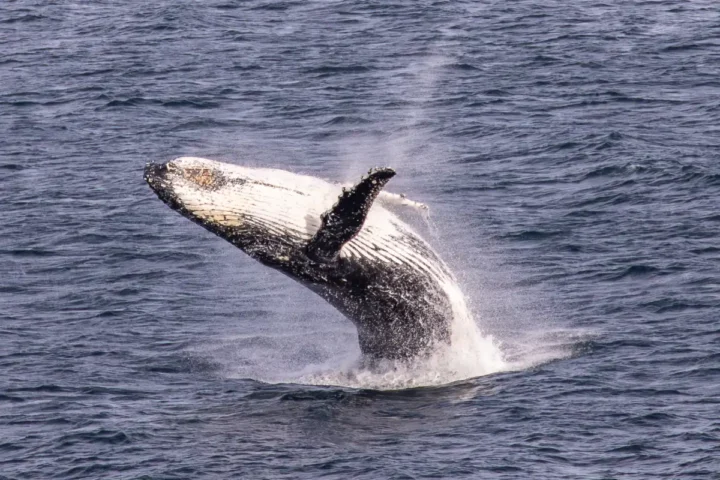
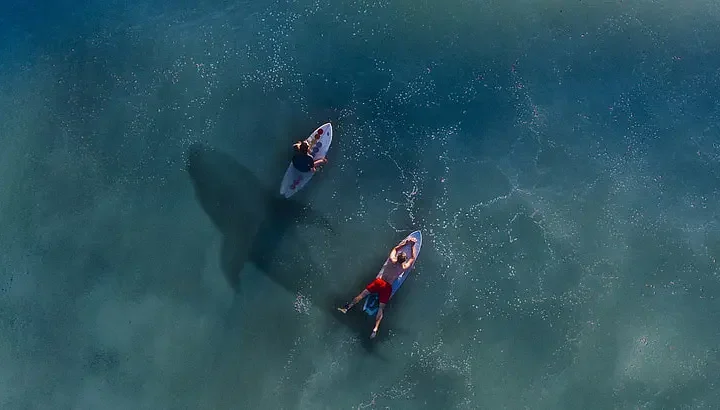
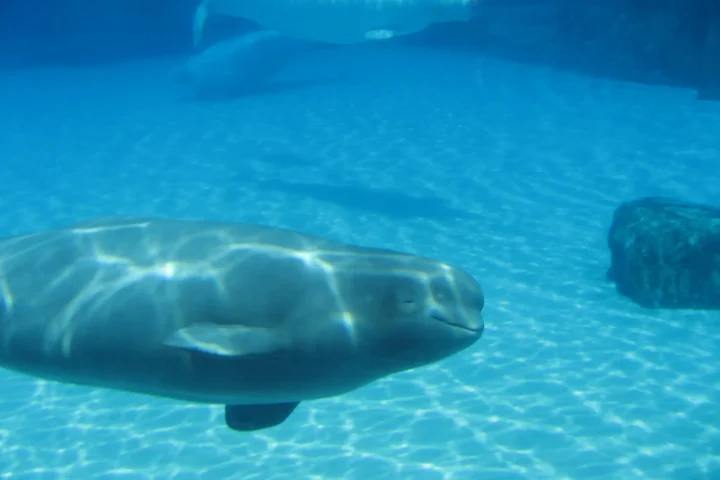
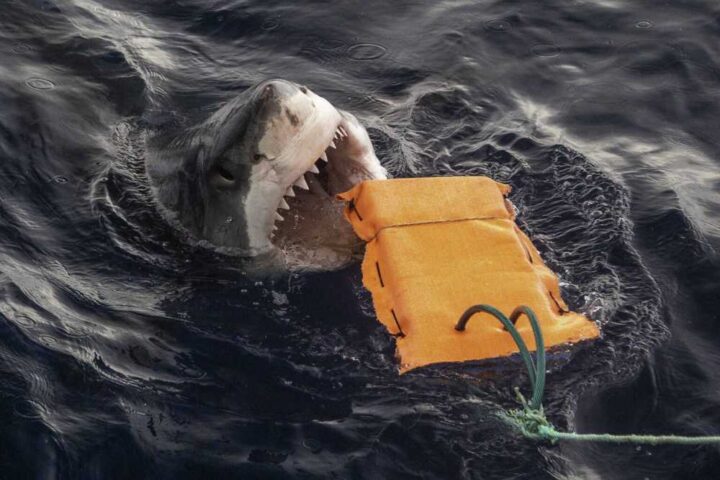
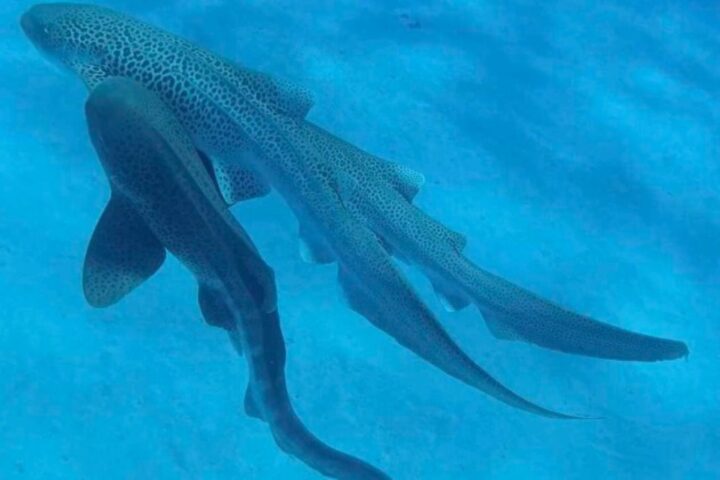
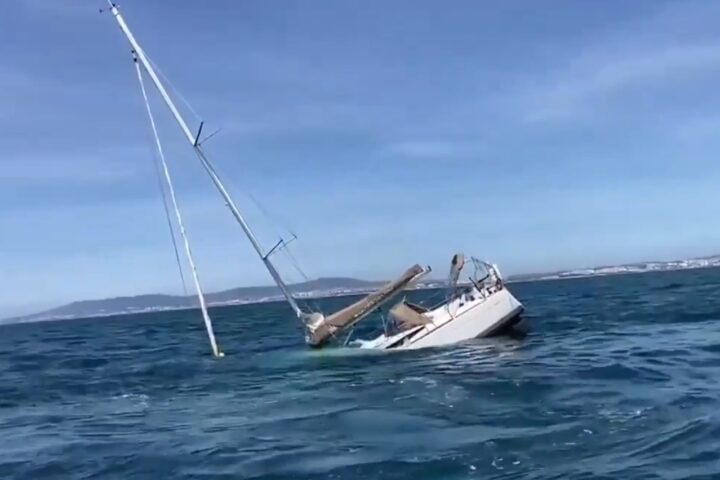
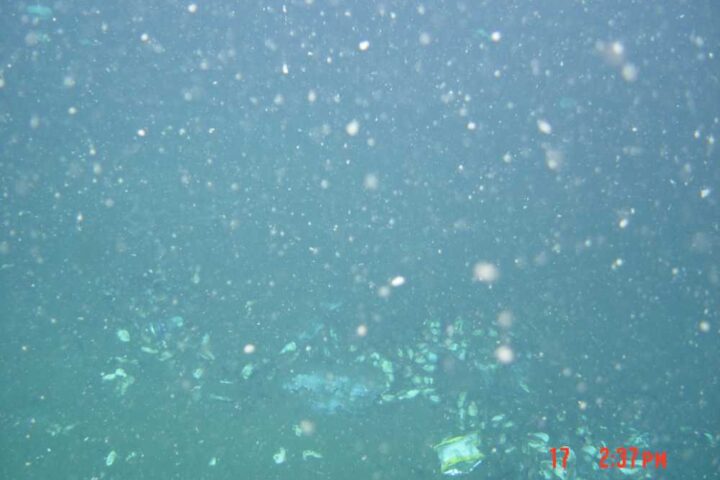
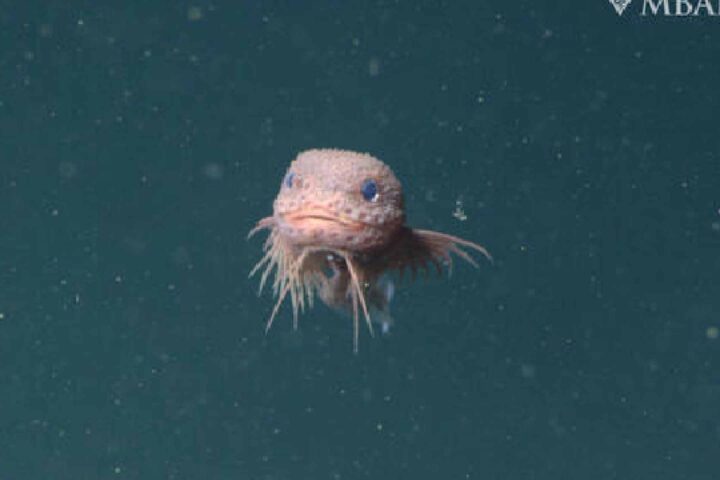
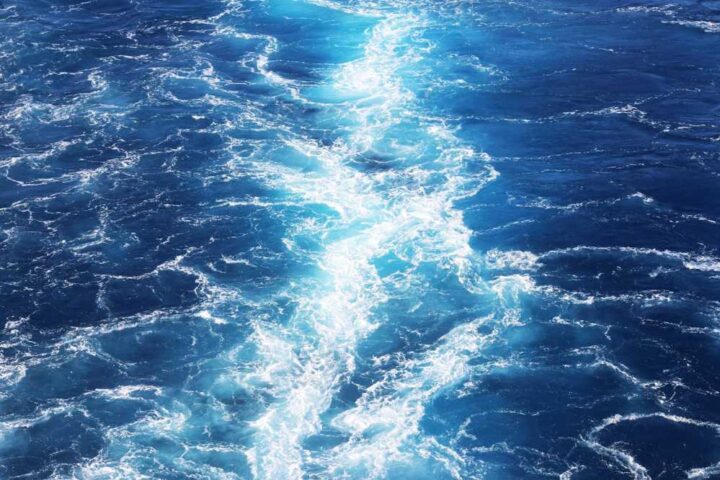
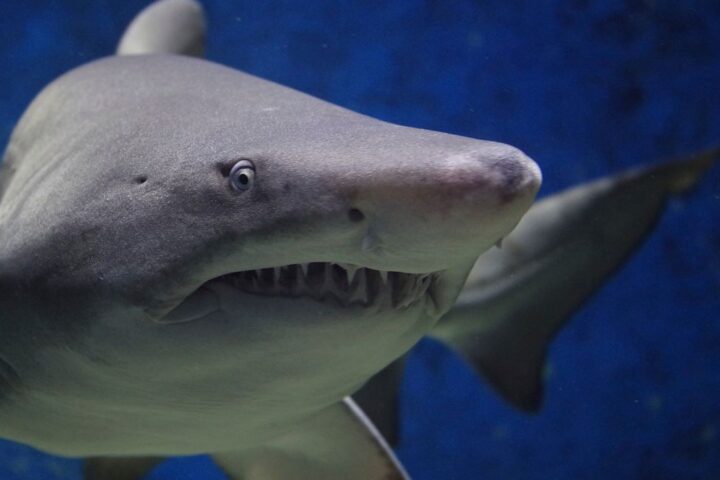

Good